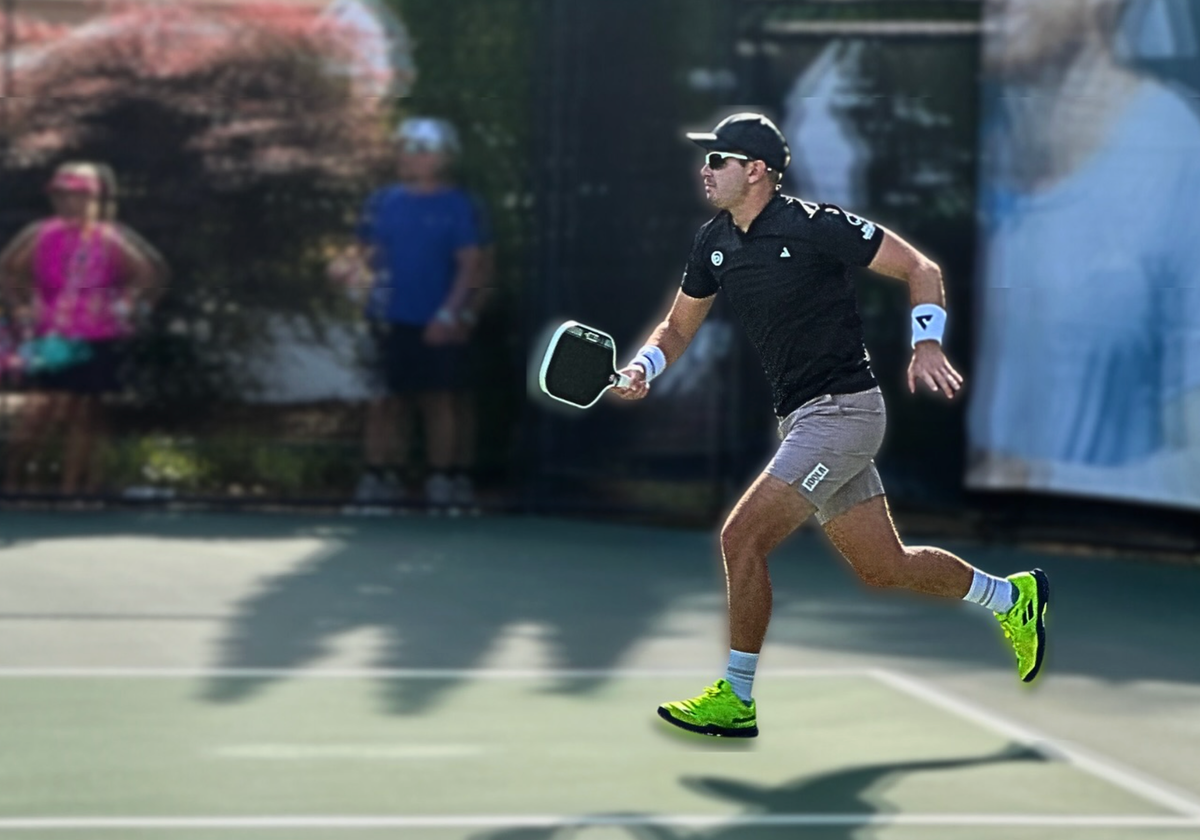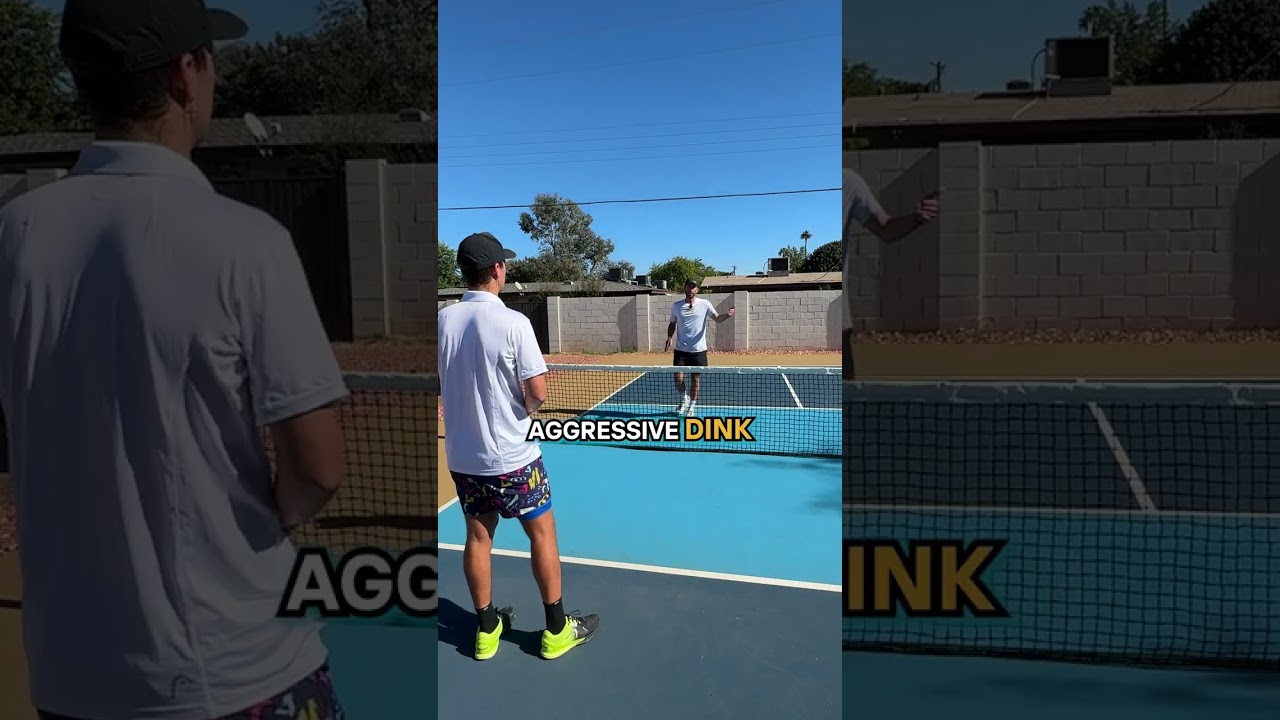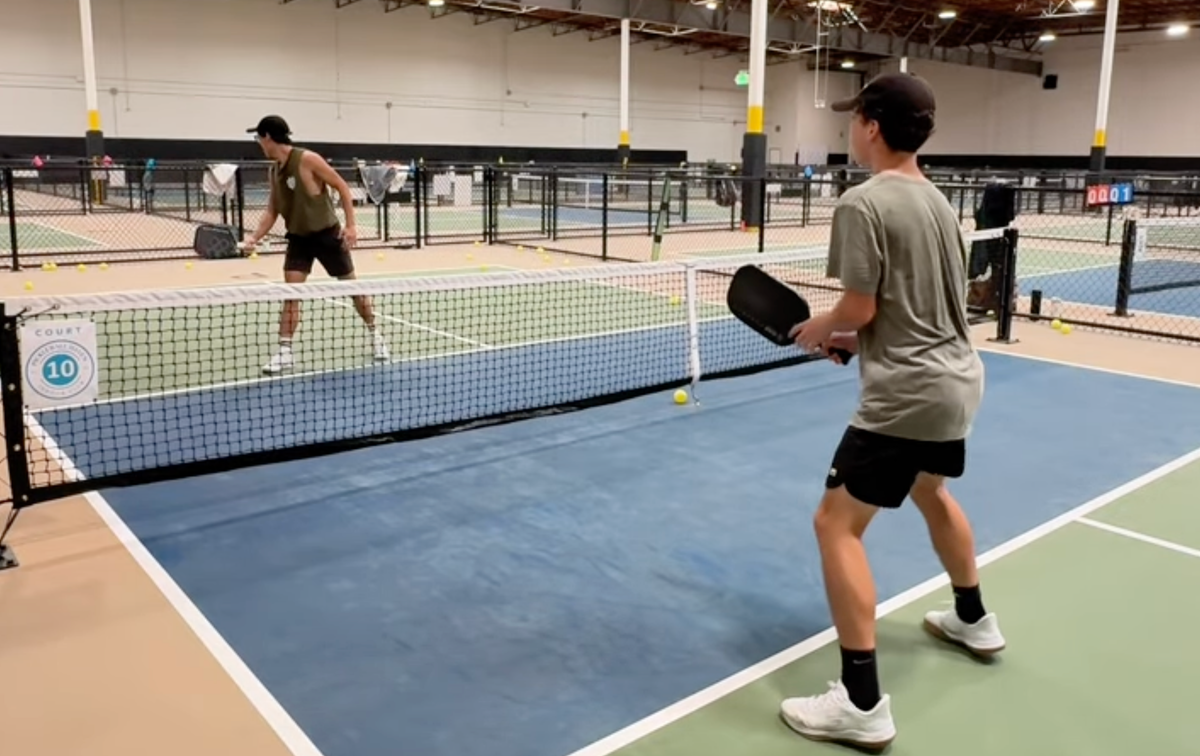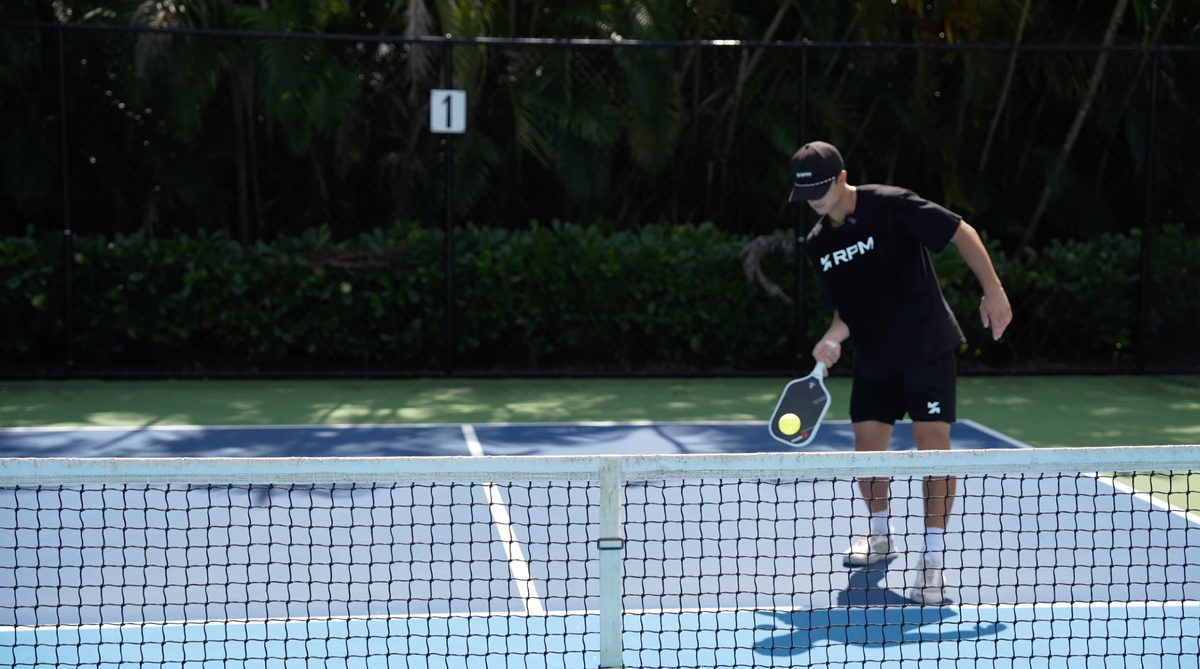In a sport where everyone's trying to hit harder, spin more, and execute increasingly complex shots, the push drop is a reminder that consistency and positioning often beat flash.
It's time you learned one of pickleball's most underrated weapons: the push drop.
Straight up, if you've been struggling to get to the net consistently, this might be the fix you've been searching for.
In his latest instructional video, APP pro Richard Livornese Jr. breaks down exactly why Ben Johns and Andrei Daescu, two of the sport's most dominant players, rely on this shot to advance to net almost every single time. And they're far from alone.
The kicker? It's not complicated. In fact, it's the opposite.
Why the Push Drop Beats Everything Else
There are many different drop shots in pickleball. You've got your slice drops, your roll drops, your two-handed backhand variations. The options can feel endless, which is exactly why most players overthink it.
The push drop is different. It's linear, meaning when you mess up, the ball still stays low. Compare that to a slice or roll, where a mistiming sends the ball sailing up to shoulder height, and suddenly your opponent is ripping it past you.
With the push drop, even a mediocre execution keeps the ball in play and low enough that your opponent can't attack it effectively."If you're somebody that's popping up drops shoulder height, this is the fix," Livornese explains in the video.
The Biggest Jump in Pickleball: Collin Johns on Why 5.0 to Pro Is the Real Challenge
In a sport where everyone’s obsessed with climbing the rankings as fast as possible, the idea of deliberately taking a slower route feels counterintuitive. But it actually makes sense.
 The Dink PickleballThe Dink Media Team
The Dink PickleballThe Dink Media Team

The Technique: Simpler Than You Think
So what makes the push drop work? Livornese breaks it down into a few straightforward components.
- Grip and Stance: You're using either a continental or eastern grip; nothing fancy. Your stance can be open, closed, or semi-open. The footwork isn't the star of the show here, which is refreshing because it means you don't need perfect positioning to execute the shot.
- Paddle Angle: This is where the push differs from the slice. Your paddle stays pretty flat. You're not turning it back and coming underneath the ball like you would with a slice. That flat paddle face is crucial because it keeps the ball moving through the air slowly and staying low.
- The Motion: Your shoulder never goes back. You're keeping your paddle inside your leg, not outside it. Then, as the ball comes, you push through laterally. If the ball's higher, you push straight forward. If it's lower, you might push slightly upward. But you're never coming way up on the ball like you would with a roll.
"We're low, paddle in front, pushing through the ball," Livornese says. That's the motion.
Simple, repeatable, effective.
What Is a Dead Dink? The Gift Shot You Should Be Attacking Every Time
Think of a dead dink like a gift. Your opponent either made a mistake or gave you an opening. The question is: what are you going to do with it?
 The Dink PickleballThe Dink Media Team
The Dink PickleballThe Dink Media Team

The Real Advantage: Cutting Out the Transition Zone
Here's where the push drop gets genuinely strategic. Most players hit a drop shot and then have to hit one or two resets to actually get to the net. It's exhausting, and it's where most errors happen.
The transition zone between the baseline and the kitchen line is basically where points go to die for amateur players.The push drop changes that equation.
Because it moves slower through the air, you get extra time to close the gap. Livornese estimates that instead of hitting one to two resets, you might only need half a reset on average. That means you're spending way less time in that danger zone where you're vulnerable.
It's not about winning the point with the drop itself. It's about using the shot to advance your position and get to neutral territory where you can actually compete.
💡
Need some new pickleball gear? Get 20% off select paddles, shoes, and more with code THEDINK at Midwest Racquet Sports
Placement Matters More Than You'd Think
One more thing Livornese emphasizes: where you hit the drop is almost as important as how you hit it.
Going wide? That's asking for trouble. Your opponent can jump the Erne, and the net is higher on the sidelines anyway, making it easier to miss into the net.
Instead, aim for the middle of the court, specifically toward your opponent's left foot (assuming they're right-handed). The net is lowest there, which means you're less likely to miss.
Plus, it forces your opponent to move, and when you get your opponent's feet involved, they're more likely to make an error.It's a small detail, but it's the difference between a decent drop and a great one.
Why Pro Pickleball Players Are Choking Up on Their Paddles
They can use anticipation and footwork to compensate for the slight reduction in reach while the vast improvement in maneuverability and hand speed is worth its weight in gold.
 The Dink PickleballAlex E. Weaver
The Dink PickleballAlex E. Weaver

The Bigger Picture
Sometimes the best solution isn't the flashiest one.
In a sport where everyone's trying to hit harder, spin more, and execute increasingly complex shots, the push drop is a reminder that consistency and positioning often beat flash.
The message is clear: master the basics, and everything else becomes easier.
Anuncie Aqui / Advertise Here
Sua marca para o mundo Pickleball! / Your brand for the Pickleball world!

 English
English  Spanish
Spanish  Portuguese
Portuguese  German
German  Italian
Italian  Japanese
Japanese  French
French  Polish
Polish  Russian
Russian  Netherlands
Netherlands  Hungarian
Hungarian  Turkish
Turkish  Videos
Videos 







 English (US) ·
English (US) ·  Portuguese (BR) ·
Portuguese (BR) ·